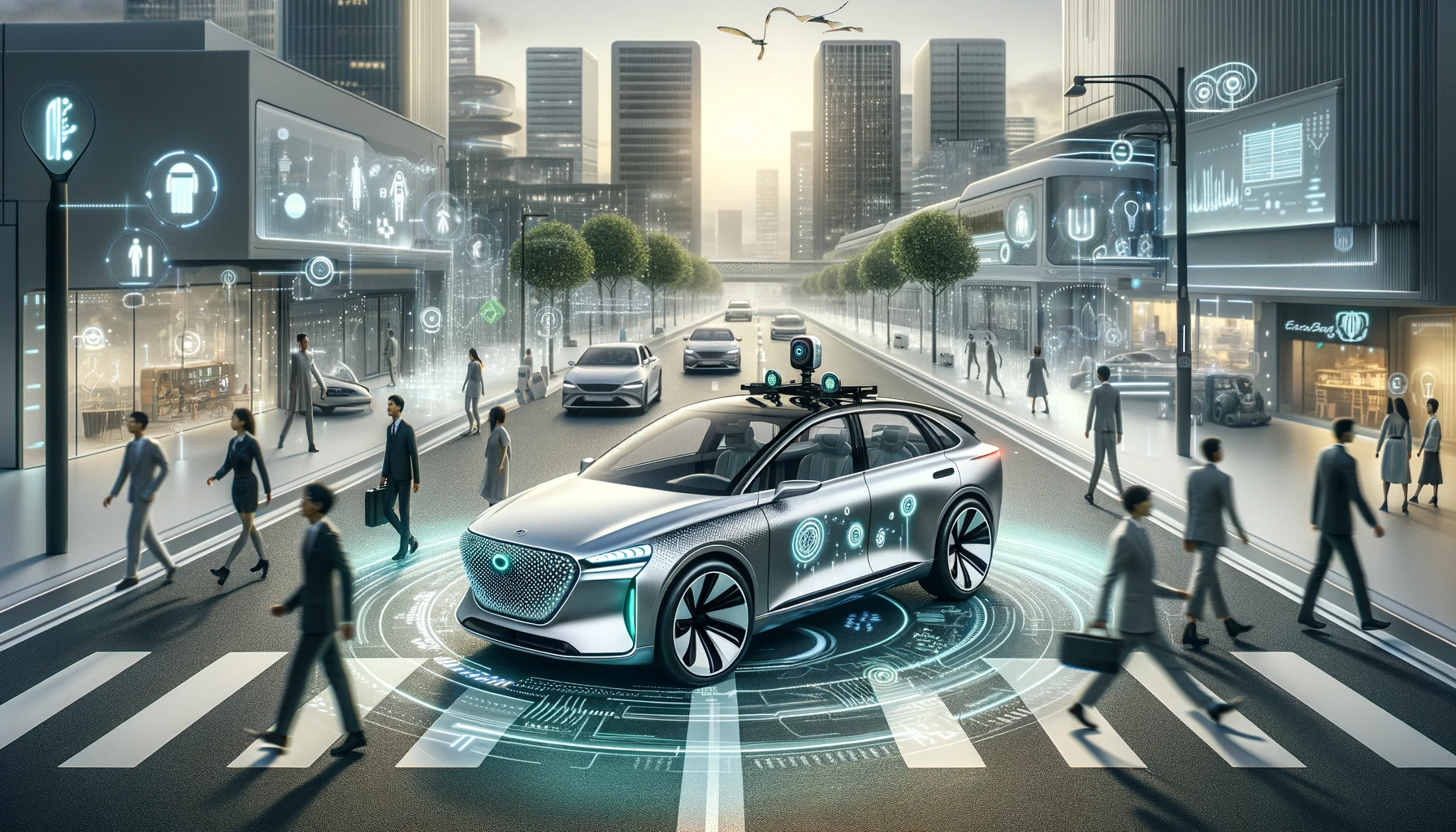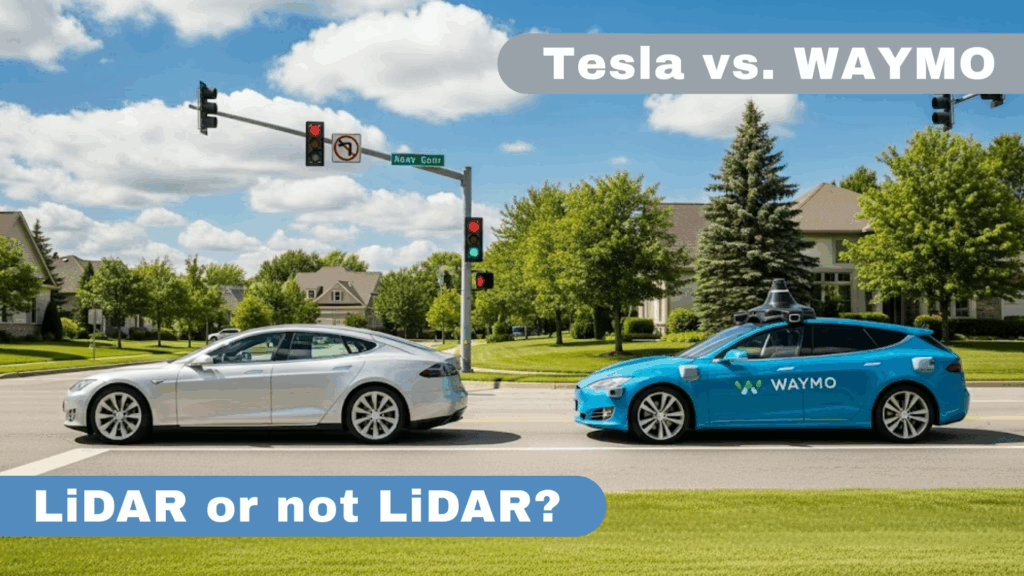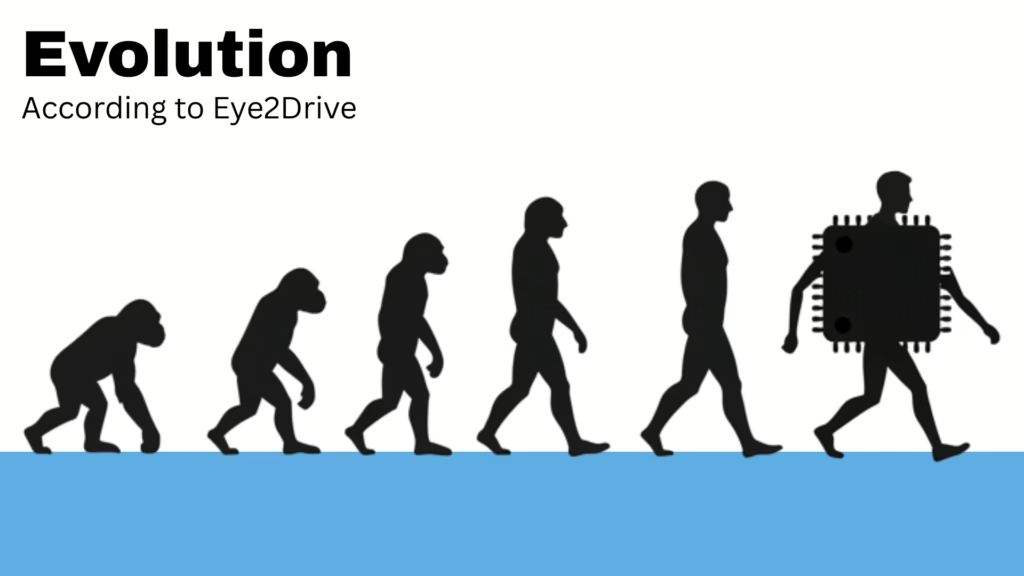Imaging Sensors Impact on Weight, UX, and Sustainability in Automotive

EYE2DRIVE is an innovative Italian startup that has recently introduced game-changing imaging sensors to the automotive industry. This new sensor, adept at adapting to changing light conditions in real-time and designed to be AI-ready, is set to revolutionize the realm of autonomous vehicles. Let us explore how this innovative technology aligns with key performance indicators (KPIs) crucial for the automotive sector: weight efficiency, enhanced user experience, and sustainability.
Weight Efficiency
Autonomous vehicles require complex imaging systems with multiple sensors and image processing units to adapt to changing light conditions. However, EYE2DRIVE’s imaging sensors for the automotive industry integrate advanced light adaptation capabilities within a single, streamlined unit, which is a significant disruption to traditional imaging systems. This innovation not only lightens the load but also reduces vehicle weight, leading to improved vehicle efficiency and fuel economy for traditional engines or battery usage for electric models. By incorporating lightweight technologies, such as the EYE2DRIVE sensor, the overall performance of autonomous vehicles may be improved.
Enhanced User Experience
The ability to make real-time decisions based on accurate, reliable data is at the core of autonomous vehicle technology. EYE2DRIVE’s sensor ensures consistently clear images under diverse lighting conditions, enabling vehicles to make more accurate and timely decisions. The sensor can significantly reduce or eliminate many issues that usually come with regular sensors, like flickering, sudden changes in the light conditions (exposure), and ghosting. A stream of consistently high-quality images feeding the navigational system translates to a smoother, safer ride for passengers and increased trust in the technology. Furthermore, it enhances safety for pedestrians and other road users, ensuring a harmonious interaction between the autonomous vehicle and its environment. Lastly, the imaging sensor could be used inside the car to monitor the safety of the passengers and support them, thus significantly improving the user experience.
Sustainability Advancements
EYE2DRIVE’s vision sensor significantly contributes to the sustainability goals of the automotive industry. To begin with, the efficiency and effectiveness of this technology can reduce the need for additional sensors and hardware, which aligns with sustainable design principles and reduces the environmental impact of vehicle manufacturing. Additionally, the sensor’s superior ride quality and its ability to navigate challenging light and weather conditions will improve the acceptance of driverless vehicles. This technological advancement is crucial to creating a more sustainable future, where autonomous vehicles can reduce traffic congestion, lower emissions, and optimize resource utilization.
Conclusion
In summary, EYE2DRIVE’s new vision sensor is not just a technological advancement but a visionary leap forward in the automotive industry. By tackling essential aspects such as weight, user experience, and environmental impact, this sensor paves the way for a new era of advanced, efficient, and sustainable autonomous vehicles. The autonomous vehicles’ future looks bright, as it can be easily seen thanks to the brilliance of EYE2DRIVE’s vision sensor.



